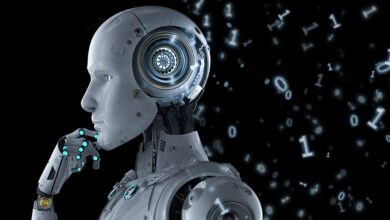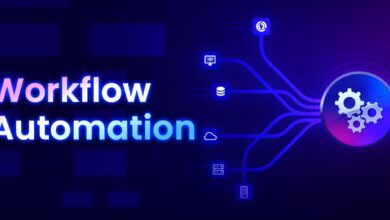Automating Life Now: The AI Digital Lifestyle Revolution
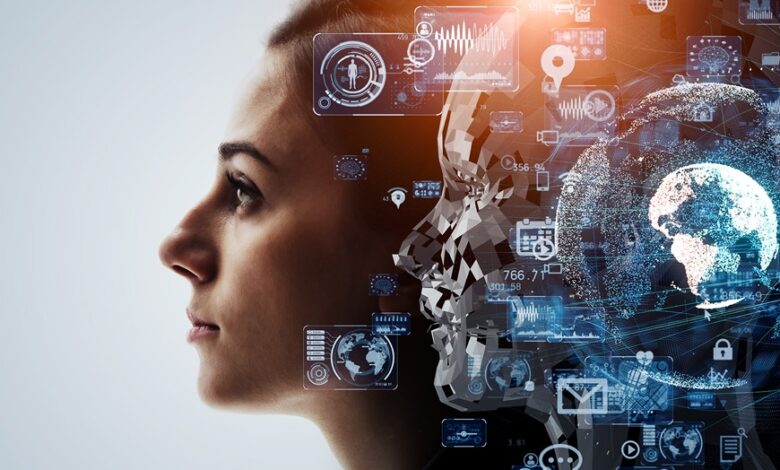
The future isn’t coming; it’s already here, tucked inside the apps and devices that govern our daily lives. In 2025, Artificial Intelligence (AI) is no longer a futuristic concept but the seamless, invisible engine powering the modern digital lifestyle.
From how we manage our finances to how we relax and learn, AI is transforming mundane tasks into moments of effortless efficiency. It’s creating a world where “daily chores” are handled automatically, freeing up our most valuable resource: time.
But what does this AI-automated life truly look like? It’s a dynamic, personalized existence where technology anticipates our needs, manages complex data, and integrates seamlessly into our homes and habits.
This comprehensive guide delves into the five major pillars of the automated digital lifestyle, revealing how AI is simplifying, securing, and enriching life right now.
Hyper-Personalized Productivity: Your AI Co-Pilot
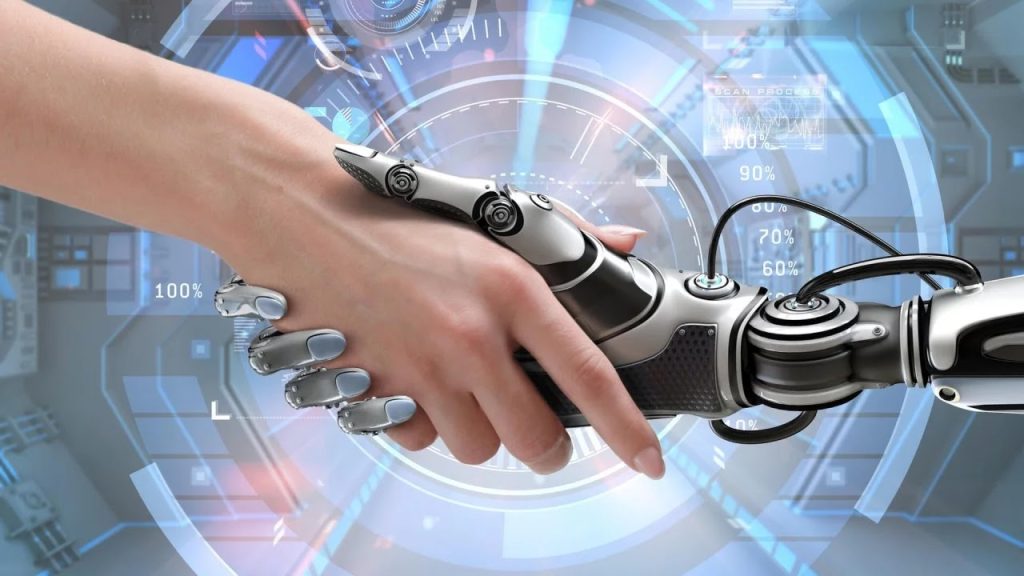
The biggest leap AI has given us is its ability to turn chaotic tasks into streamlined workflows. Your digital workspace is no longer a passive tool; it’s an active partner that manages information, schedules, and even creative output, dramatically changing the definition of “being productive.”
A. Dynamic Task and Schedule Management
Traditional to-do lists are static; AI-driven schedules are fluid and adaptive. These systems learn your energy levels, deadlines, and common interruptions to create a truly optimized workday.
A. Smart Prioritization: AI now analyzes the urgency and complexity of your incoming emails and messages, not just by keywords, but by judging the sender’s authority and the required response time. It automatically surfaces the three most critical tasks of the hour, shifting lower-priority items based on your available focused time slots. This means you spend less time sorting and more time doing.
B. Predictive Scheduling: Advanced scheduling tools integrate with your calendar, health tracker, and location data. If your fitness tracker reports a poor night’s sleep, the AI might automatically block out a “deep focus” slot and instead suggest a lighter task or schedule an afternoon “power nap” break, maximizing your efficiency when you’re naturally most alert.
C. Automated Note Synthesis: After a long video conference, AI tools don’t just transcribe the meeting; they synthesize the key decisions, assign action items to specific team members, and generate a concise summary email, all within minutes. The need for manual minute-taking is quickly becoming obsolete.
B. Content Creation and Curation
For professionals and casual users alike, AI is acting as a sophisticated digital butler for information and creative projects.
A. Information Filtering and Summary: The sheer volume of online content is overwhelming. AI learns your true interests and professional needs to filter out noise. It provides daily digests of essential industry news, summarizes lengthy research papers into digestible bullet points, and checks factual accuracy, making you a smarter, faster consumer of information.
B. Creative Augmentation: Graphic design, copywriting, and coding are now collaborative efforts with AI. Need a unique social media image? AI generates it from a simple text prompt. Need to draft a professional email response? AI provides three tone options (formal, casual, empathetic) based on the context of the incoming message, saving you valuable minutes on low-value correspondence.
C. Language Translation and Localization: Real-time, highly accurate translation services are essential for global digital communication. AI goes beyond simple word-for-word translation, understanding and adapting local idioms, cultural nuances, and professional jargon, making international collaboration genuinely seamless.
The Smart Sanctuary: AI in Home and Environment
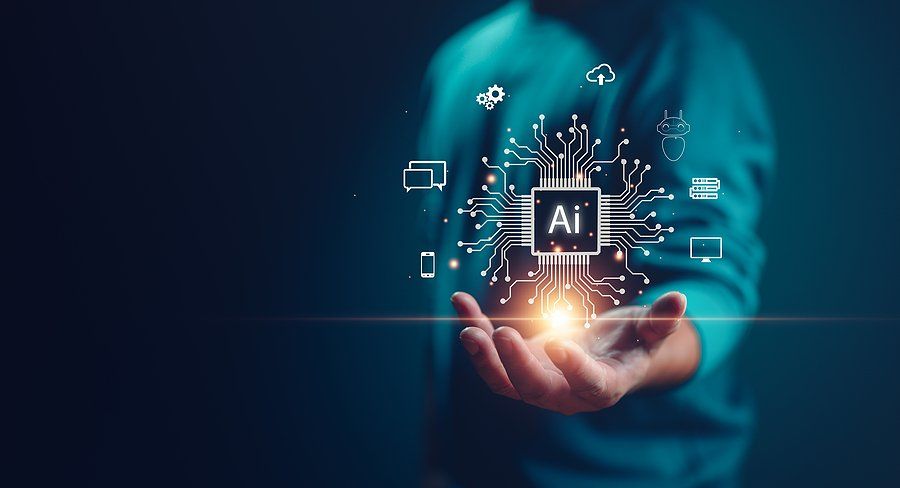
The concept of the “smart home” has evolved past basic remote control. Today’s AI-powered homes are anticipatory, secure, and dedicated to optimizing comfort and energy efficiency without requiring your constant intervention.
A. Anticipatory Home Management
The smart home is now intelligent enough to learn and respond to your lifestyle patterns, optimizing your environment before you even think to ask.
A. Climate and Energy Optimization: The thermostat doesn’t just hold a temperature; it learns the thermal characteristics of your house and the traffic patterns of its occupants. It preemptively cools the living room five minutes before you return from work and lowers the temperature during a movie based on your usual evening routine, saving energy while always maintaining peak comfort.
B. Intelligent Security Monitoring: Home security systems integrate AI for advanced recognition. They can differentiate between a family member, the mail carrier, and a potential intruder. Instead of sending generic “motion detected” alerts, they send meaningful notifications like, “Your son arrived home 10 minutes ago” or “Unidentified vehicle stopped at the curb.”
C. Personalized Lighting and Soundscapes: Lighting adjusts dynamically based on the time of day, natural light levels, and the activity you’re engaged in. Similarly, AI can curate personalized soundscapes—from focus-enhancing ambient noise during work hours to relaxing nature sounds designed to trigger sleep at bedtime.
B. Seamless Shopping and Inventory
AI is making the task of household management virtually disappear, particularly when it comes to groceries and retail.
A. Automated Inventory Tracking: Smart refrigerators and pantries use cameras and weight sensors to keep a running inventory of staples. When your milk runs low or you run out of coffee beans, the AI proactively adds them to a digital shopping cart or even automatically places an order from your preferred retailer.
B. Meal Planning and Recipe Suggestions: Based on the inventory available and the dietary preferences/allergies of the household, AI suggests personalized recipes and generates a complete cooking plan, minimizing food waste and maximizing nutritional balance.
C. Hyper-Localized Retail Recommendations: When shopping online, AI analyzes your style, previous purchases, and even current global fashion trends to present you with only the most relevant items, cutting through the clutter of e-commerce.
AI-Enhanced Wellness and Health
Perhaps the most life-changing role of AI in the digital lifestyle is its integration into personal wellness. Wearable technology, once focused merely on counting steps, is now a powerful, proactive health diagnostic tool.
A. Preventive and Proactive Health Monitoring
AI transforms raw data from wearables into actionable health insights, often recognizing potential issues before you feel them.
A. Early Anomaly Detection: Your smartwatch monitors subtle changes in heart rate variability (HRV), sleep patterns, and resting heart rate. AI uses this baseline data to flag anomalies that could indicate stress, impending illness, or a need for a recovery day, providing early warnings that were previously only available through clinical testing.
B. Personalized Fitness Coaching: AI fitness apps generate workout plans that adapt in real time. If your performance on a lift is suboptimal, the AI reduces the weight for the next set or changes the exercise entirely to prevent injury, acting as a tireless, expert physical therapist and coach.
C. Sleep Optimization: Sleep trackers are powered by AI to analyze sleep cycles, movement, and environmental factors. They provide precise recommendations, from the best time to stop drinking coffee to the ideal room temperature, actively working to improve the quality of your deep restorative sleep.
B. Mental and Emotional Support
As the world becomes more connected, the need for managed mental well-being grows. AI offers immediate, accessible support tools.
A. Stress Recognition and Intervention: AI running on your phone or computer can analyze your typing speed, scroll patterns, and voice tone during calls. If it detects signs of high stress or distraction, it can gently suggest taking a five-minute break or guide you through a quick, personalized breathing exercise via a mindfulness app.
B. Therapeutic Chatbots: AI-powered mental wellness chatbots provide instant, non-judgmental conversational support, helping users process thoughts, practice cognitive behavioral therapy (CBT) techniques, and find immediate coping mechanisms during moments of anxiety or distress.
C. Digital Detox Management: Paradoxically, AI helps manage your use of technology. Apps use AI to identify and limit the platforms that hijack your attention the most, helping you set and stick to screen time limits, ensuring technology remains a tool, not a distraction.
Financial Autonomy: The FinTech Revolution
The intersection of AI and finance (FinTech) has moved far beyond simple mobile banking. It has created a truly autonomous financial life where money is managed proactively, constantly seeking growth and minimizing waste.
A. Intelligent Budgeting and Saving
AI turns the tedious task of tracking expenses into an insightful, automated process, enabling a healthier financial future.
A. Zero-Effort Budgeting: AI categorizes every transaction in real-time, learning the difference between “eating out” and “business lunch.” It automatically sets aside money into high-interest savings or investment accounts whenever it detects a surplus, saving before you even have a chance to spend.
B. Subscription and Fee Auditing: AI scans your credit card statements and bank accounts, flagging duplicate charges, forgotten subscriptions, and unusually high fees. It can even proactively suggest lower-cost alternatives or automatically initiate the cancellation process for services you haven’t used recently.
C. Debt and Repayment Optimization: For those with multiple debts (mortgages, credit cards, loans), AI calculates the mathematically optimal repayment schedule—often applying the “snowball” or “avalanche” method—to minimize total interest paid over time, significantly accelerating financial freedom.
B. Next-Level Investment and Protection
AI-driven tools democratize access to sophisticated financial strategies previously reserved for high-net-worth individuals.
A. Automated Robo-Advising: Robo-advisors use AI to build and automatically rebalance investment portfolios based on your risk tolerance, financial goals, and market volatility, ensuring your assets are always aligned with your long-term strategy without requiring manual intervention.
B. Dynamic Insurance Adjustments: AI analyzes your current lifestyle (e.g., how much you drive, the value of your home inventory) and compares it to thousands of insurance policies. It proactively recommends adjustments, ensuring you’re optimally covered without overpaying for unnecessary riders.
C. Fraud and Security Profiling: AI constantly monitors transaction data and location to establish a behavioral profile. If a purchase suddenly occurs in a foreign country or for an unusually high amount outside your normal pattern, the AI flags it instantly, often locking the card and notifying you faster than traditional fraud detection systems.
Seamless Digital Mobility and Learning
For the modern digital citizen, life is often lived on the move, and learning is a continuous necessity. AI ensures that travel is effortless and education is hyper-effective.
A. The Effortless Travel Experience
AI transforms the stress of travel planning and execution into a smooth, personalized journey.
A. Intelligent Trip Planning: AI consolidates real-time data on flight prices, weather forecasts, local events, and your historical preferences to plan the perfect itinerary, booking flights, hotels, and even suggesting activities tailored to your interests.
B. Real-Time Logistical Adjustments: If your flight is delayed, the AI doesn’t just inform you; it automatically checks for new connecting flights, notifies your hotel of your late arrival, and sends directions for a new airport coffee shop where you can wait.
C. Hyper-Personalized Navigation: Mapping and navigation apps powered by AI don’t just find the fastest route; they incorporate your preferences for scenic drives, stops for specific cuisine, or even routes that avoid heavy school traffic or construction known to cause stress.
B. Adaptive and Continuous Learning
AI tutors and educational platforms ensure that lifelong learning is tailored to your unique pace and knowledge gaps.
A. Personalized Learning Paths: AI-driven platforms assess your current proficiency and style of learning (visual, auditory, kinesthetic). They create a dynamic curriculum that adjusts the depth and pace of material based on your performance on practice quizzes, ensuring you spend time only on concepts you haven’t mastered.
B. Instant, Contextual Support: When you get stuck on a homework problem or a new coding concept, the AI tutor provides immediate hints, examples, and relevant background information, acting as an always-available expert mentor.
C. Skills Gap Analysis: For professionals, AI analyzes job market trends and the skills required for the next step in your career. It then recommends specific, short-term courses and certifications to fill those gaps, ensuring your skillset remains relevant in a rapidly changing economy.
Conclusion
The narrative of AI replacing human effort has matured in 2025. It is no longer about technology substituting people; it is about technology augmenting life.
The AI-driven digital lifestyle is defined by a central paradox: the deep integration of complex technology has led to a profound simplification of daily human existence.
By delegating the repetitive, high-volume, and time-consuming tasks—from calendar management and basic content drafting to financial tracking and environmental control—AI systems are performing the role of an infinitely patient, always-on personal assistant.
This automated life grants us back the most valuable resource: cognitive freedom and time. This reclaimed time is not intended to be filled with more work, but to be reinvested into activities that require unique human intuition, creativity, and presence.
It allows for more meaningful engagement with family, deeper focus on complex problem-solving, and the pursuit of purely personal passions.
The secure, efficient, and personalized digital environment built by AI acts as a reliable foundation, eliminating the background stress associated with managing modern complexity.
However, this shift requires a new form of digital literacy. To truly master the automated life, we must learn to trust AI tools with our data while simultaneously enforcing the digital boundaries necessary to prevent burnout.
We must understand how to refine the inputs we give the AI—our preferences, goals, and feedback—to ensure the outputs are perfectly tailored to our lives.
The AI-automated digital lifestyle, therefore, represents the pinnacle of human-tech collaboration: a future where the machine handles the logistics, allowing the human to focus entirely on living a richer, more intentional life, making presence the ultimate form of productivity.

